Tommaso Buscetta: who was he? Cause death, accident, son, wife, children, grave
Tommaso Buscetta, known as Don Masino, was considered the boss of the two worlds, due to his mafia activity between Europe and America. Tommaso Buscetta is also the greatest repentant of the Mafia, a collaborator of justice who revealed everything about the Cosa Nostra to Falcone and Borsellino. Let’s find out every detail better.
Read also: Pierfrancesco Favino: age, wife Anna Ferzetti, children, movies, height, heritage, Instagram
Who was Tommaso Buscetta?
Tommaso Buscetta, known in the world as Don Masino, was considered the boss of the two worlds, due to his criminal activity between Europe and America. He knew everything about the Cosa Nostra and the mafia dome, as he knew the life, death and miracles of the Sicilian mafia in the United States. Don Masino boasts the title of first repentant, or traitor, depending on which side you look at.
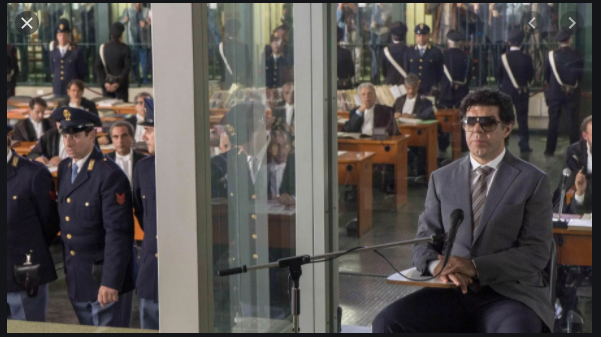
Pierfrancesco Favino plays the boss Tommaso Buscetta / Photo: Repubblica.it
In any case, Tommaso Buscetta was the very first collaborator of justice to bring all the secrets and mechanisms of the affairs of organized crime to the table of the Italian magistrates.
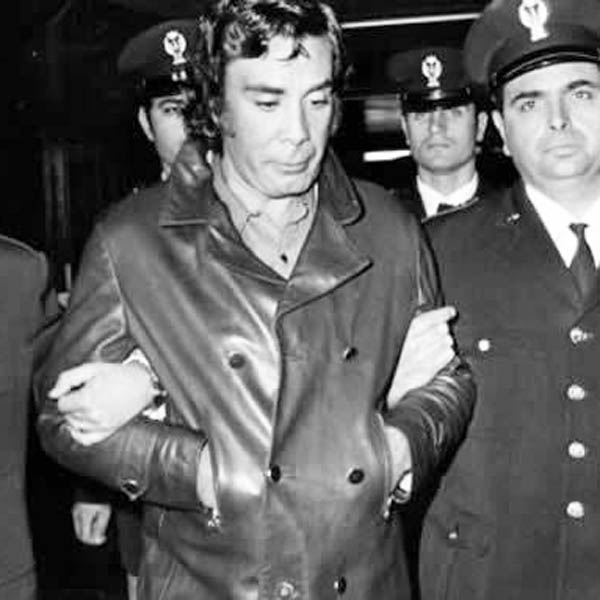
1972: Arrest of Buscetta / Photo: Penitenziaria.it
He was the first major repentant of the Mafia to have betrayed the Cosa Nostra by revealing its structure and secrets. He was a key figure in the investigations of judge Giovanni Falcone, because he made it possible to put black and white the Sicilian underworld fabric that has always been protected by silence.
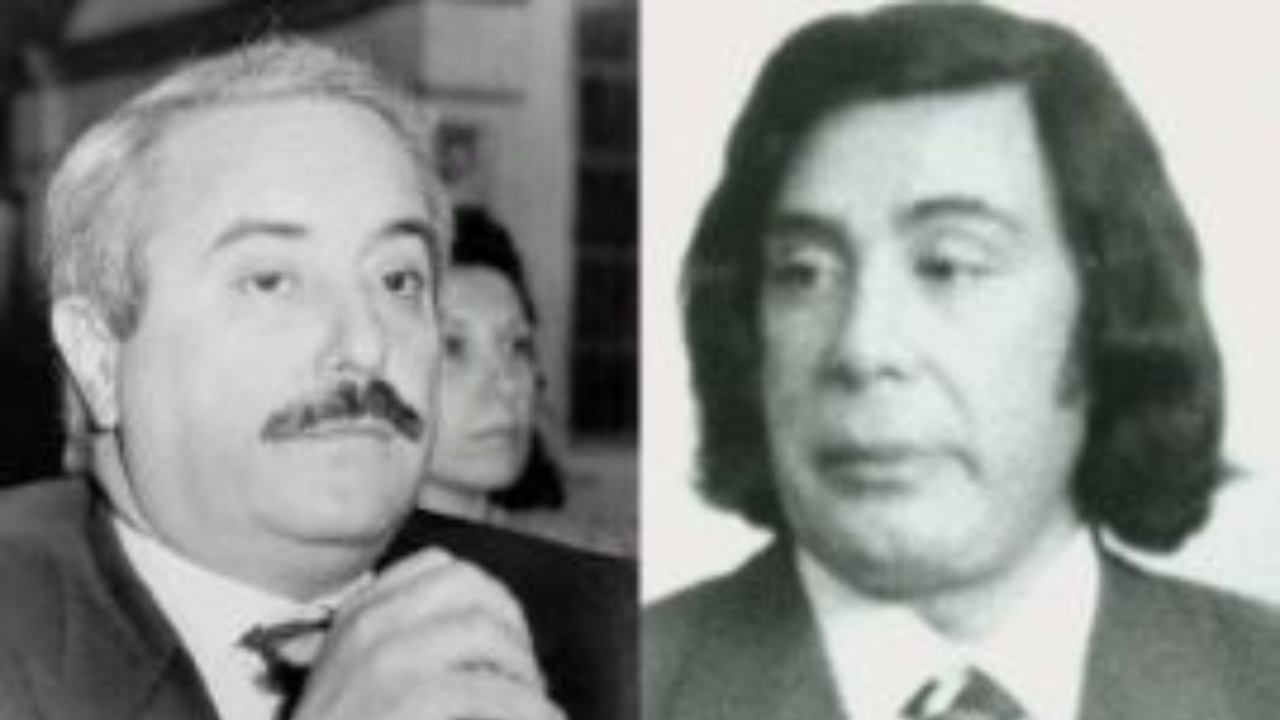
Giovanni Falcone and Tommaso Buscetta / Photo: YesLife
The life
Tommaso Buscetta was born in Palermo on 13 July 1928 and immediately proved to be a smart, attentive boy who has too much desire to grow up quickly. In fact, he married very young at 16 and to get by, the family began undertaking activities related to the black market. Buscetta begins to smuggle cards for the rationing of flour. With the arrival of the children, family needs grow and, since the work in Italy is scarce, he decides to emigrate to Argentina where he opens a glass factory in Buenos Aires. A few years later, however, business is not going well and Tommaso Buscetta returns to Sicily, in Palermo. His hunger for wealth and power led him to take a bad path: that of the mafia.
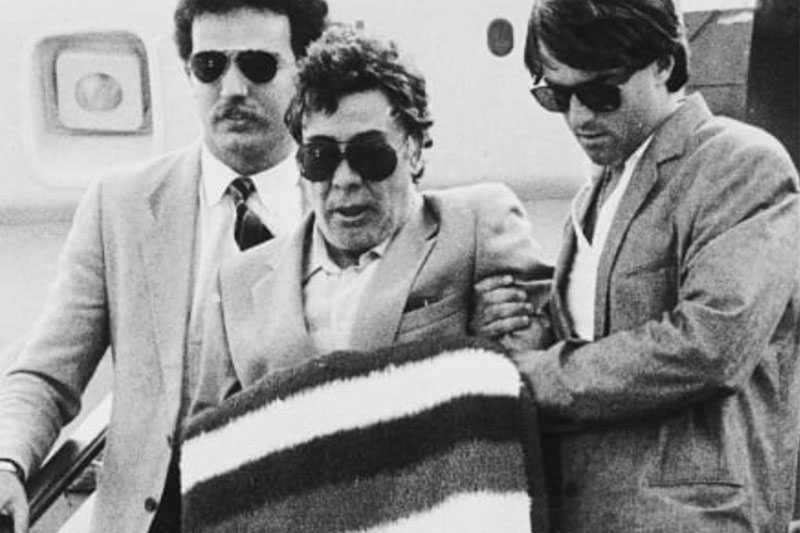
Photo: Penitenziaria.it
Don Masino, alias Tommaso Buscetta, intertwines his life with that of the activities of La Barbera, boss of Palermo. At the beginning Buscetta dealt with the smuggling of cigarettes and drugs, but then his assignments became more and more important and dangerous. La Barbera controls the center of the city of Palermo, while at the top of the mafia dome, there is Salvatore Greco known as Cicchiteddu, the boss of the bosses.
Fifties
In 1958 and 1959 Tommaso was arrested for cigarette smuggling and criminal association. In 1962 the first mafia war broke out and Buscetta took the side of Angelo La Barbera. He then passes on the side of Salvatore Cicchiteddu Greco by setting up an ambush in La Barbera. Don Masino is also the main killer of the bosses Pietro Torretta and Michele Cavataio.
Later Buscetta confesses that he accepted the task of killing La Barbera, but that he was preceded by another mafia group. In 1968 Buscetta was sentenced to ten years in prison for criminal association in the Catanzaro trial against the protagonists of the first mafia war. In the same process, the judiciary acquits him for lack of evidence for the charges relating to the Ciaculli massacre.
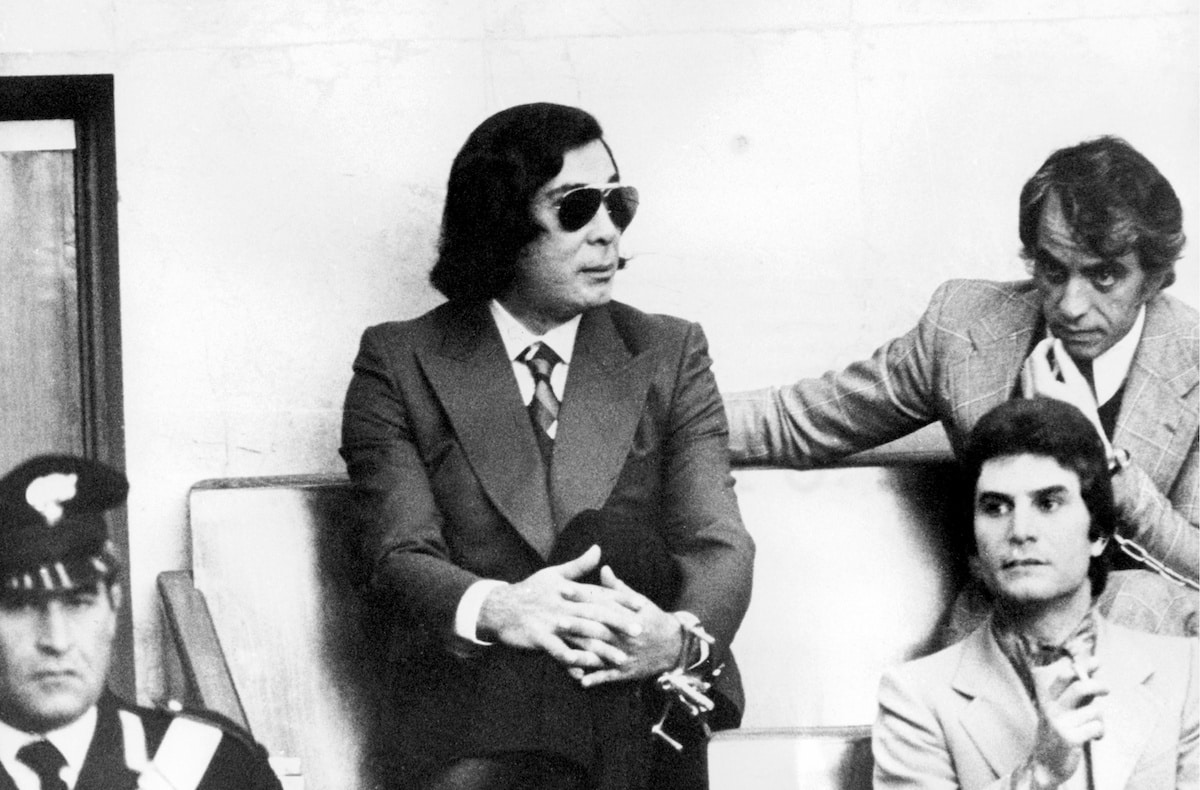
The boss / Photo: Penitenziaria.it
Eighties and nineties
In Sicily in the early 1980s a war was underway between the mafia gangs for control over drug trafficking. Boss Tommaso Buscetta flees to Brazil to hide and, from afar, helplessly witnesses the murder of his two sons and brother in Palermo. After being arrested by the Brazilian authorities, the criminal is extradited to Italy. Returning to his homeland, Buscetta takes an epochal decision, which will make it possible to shed light on the internal structure of the Cosa Nostra, on its rules and on its functioning: to meet the magistrate Giovanni Falcone and collaborate with justice.
Don Masino thus becomes not only a collaborator of justice, but also a repentant of the mafia and testifies in 1986 at the maxi trial in Palermo and in the Pizza connection trial in New York. In the summer of 1992, following the attacks in which Giovanni Falcone and Paolo Borsellino died, Buscetta began talking to the magistrates about the political ties of the Cosa Nostra, uncovering the whole Pandora’s box.
The accusations against the state
He accused the magistrates, in great detail, the honorable Giulio Andreotti and Salvo Lima, killed in 1992, of being the main political referents of the organization. In particular, he reported having known Lima personally since the late 1950s and having met him for the last time in 1980, while on the run. He also revealed that he had known that the murder of the journalist Mino Pecorelli in 1979 would have been carried out in the interests of Andreotti.
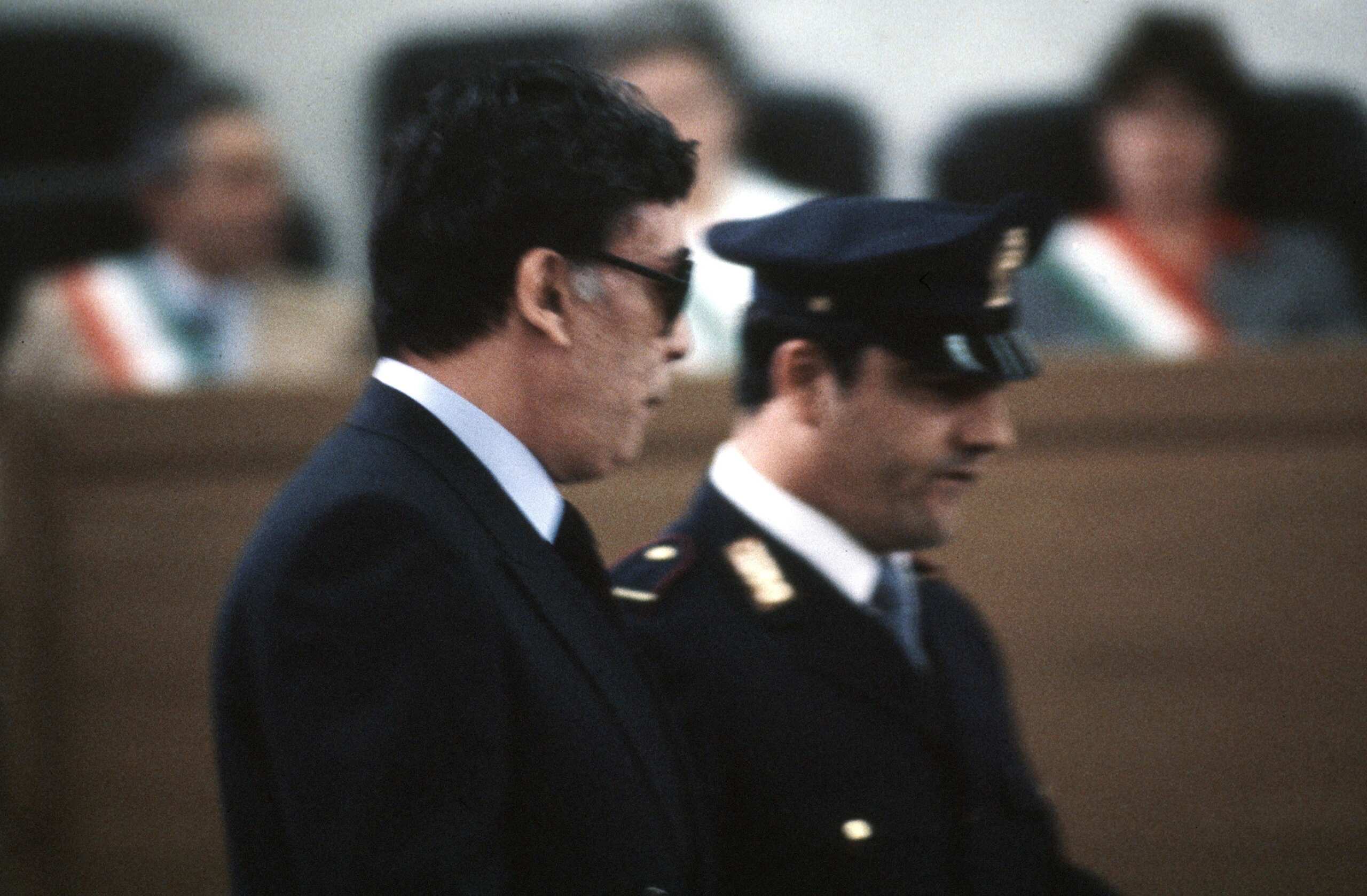
Mafia repentant Tommaso Buscetta during the trial / Photo: Rai Cultura
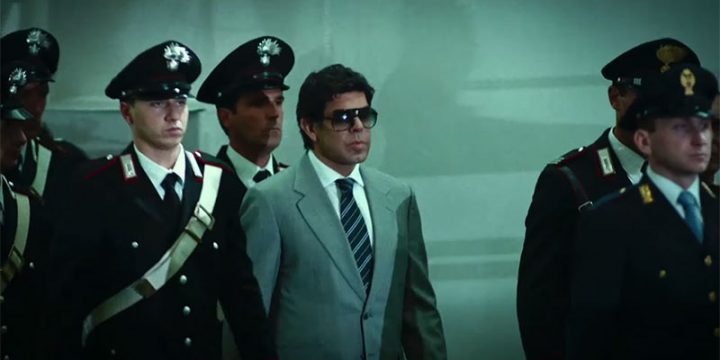
Pierfrancesco Favino The Traitor / Photo: YouTube
These statements elevated him to one of the main witnesses in the trials against Andreotti for mafia association and for the Pecorelli murder. Andreotti’s crime will lapse, while his connivance with the mafia will be ascertained for the facts prior to 1980, prescribed at the time of the sentence. The repentant boss, in a 1999 interview book by Saverio Lodato, confesses his disappointment at the failure of the Italian State to destroy the Cosa Nostra.
The three wives of the boss
Buscetta was born into a family living in extreme poverty, the youngest of 17 children. Married three times, he had seven children. The first marriage dates back to 1945, just seventeen, with Melchiorra Cavallaro with whom he had the first four: Felicia, Benedetto, Domenico and Antonio. He then married Vera Girotti in 1966 from whose marriage two daughters were born. Alessandra and Lisa. The last wife is the Brazilian Cristina de Almeida Guimaraes, married in 1960, from whose marriage Roberto was born.
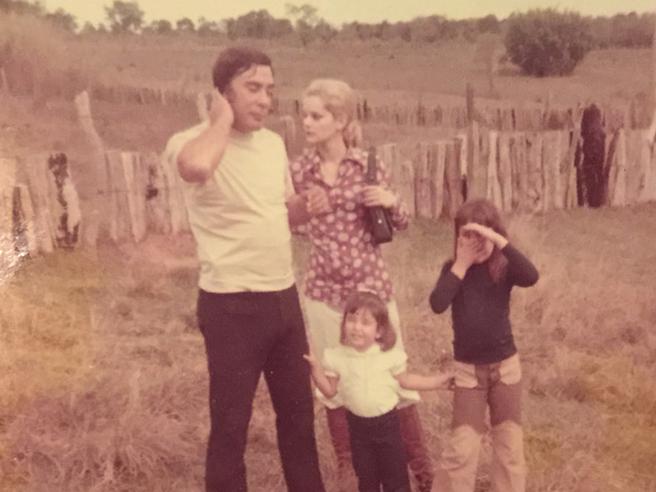
With his second wife and two daughters Alessandra and Lisa / Photo: Corriere della Sera
During an interview with the journalist Enzo Biagi, Don Masino revealed that he lost his virginity at the age of 8, with a prostitute paid with a bottle of oil. Two of his sons were killed by Salvatore Cancemi, a former boss of Porta Nuova who, in the 1993 trial, confessed the crimes to the boss and received his pardon. Buscetta was aware that orders, in the Cosa Nostra, cannot be refused.
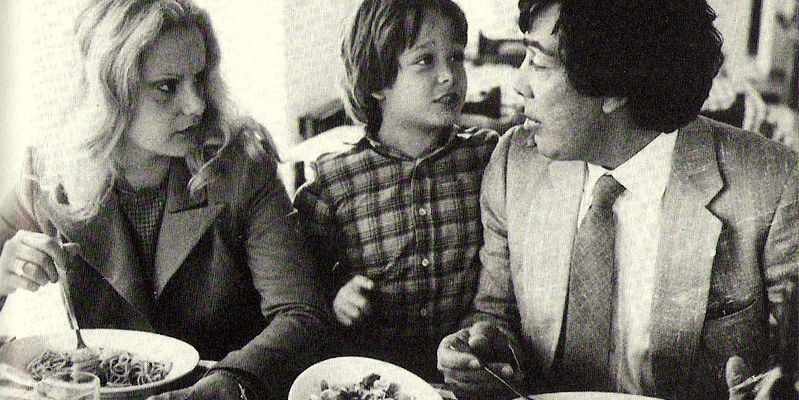
With his third wife Cristina and son Roberto / Photo: Remocontro
What happened to his three wives?
Traces of his first wife have been lost, even after his move to America. For a period Tommaso Buscetta lived as a bigamist, in perfect balance as a viveur between his Sicilian wife and his second wife, Vera Girotti. He lived in Brooklyn and, in order not to betray himself, he bought two wardrobes of identical clothes for the two houses, dined twice, celebrated two Christmases. In the meantime he met Cristina, the last wife and the woman with whom he lived until the last of his days.
In truth Buscetta was never bigamous because he had married Vera with the non-existent name of Manuel Lopez Cadena, a pseudonym with which he hid himself from the law and from enemies. The second marriage was void. Vera has disappeared into the deepest mystery, which no one dares to imagine. The two daughters remained with Don Masino.
Third wife Cristina has lived in Florida under a false name for thirty years. The Brazilian wife of the repentant and her closest family members live under a false name and in various locations, after the boss’s entry into the Witness Protection Program, program that provides for the protection of witnesses of justice.
His son Roberto under a false name served in Iraq and Afghanistan. Buscetta Junior in a single interview where he is with his face in shadow says:
Killing Tommaso Buscetta’s son would be the perfect trophy! There is always a risk, the mafia does not forgive!
Masterful interpretation for Favino in the role of the Boss with the iconic sunglasses, a must also in the courtroom / Photo: La Sicilia
The cause of death
After making headlines for a cruise in the Mediterranean, Tommaso Buscetta discovers he has end-stage cancer and dies on April 2, 2000, at the age of 71, in the United States. Buscetta is buried under an assumed name in North Miami, Florida. Here he had lived most of his life with his third wife and family.
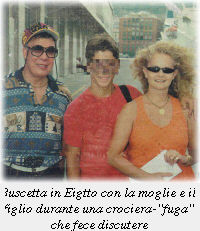
Photo: The Republic
Why is Tommaso Buscetta the Traitor?
Don Masino defines himself as a soldier of the Cosa Nostra, a simple executor, a man of honor and pacts. Arrested in Brazil, subjected to torture, extradited to Italy, becomes a collaborator of justice, questioned by Falcone, becomes the traitor as a matter of honor, even if many did not understand. As a soldier he defines the mafia as a journalistic invention and rejects the definition of repented.
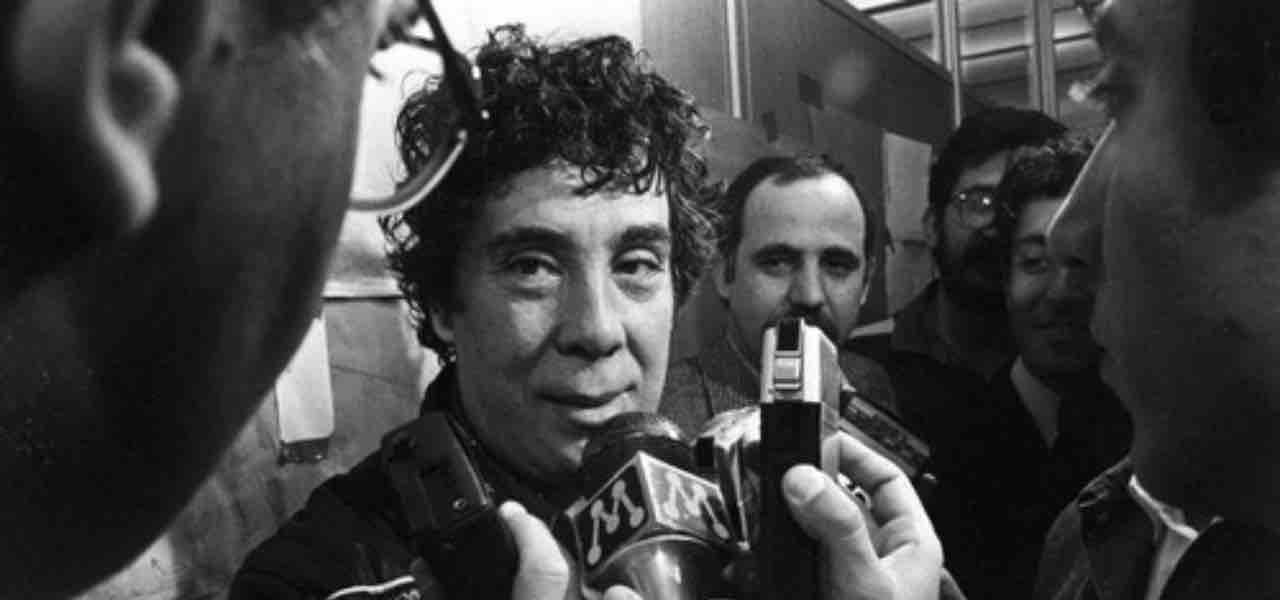
Photo: IlSussidiario.net
He is not at all regretful of his belonging to the Cosa Nostra, he seems rather nostalgic for his original version of the organization before the intrusion of the Corleonesi in calling himself a man of honor. Cosa Nostra would not have admitted any violence against women and children, while the new version provides for the extermination of the seed of rival families, regardless of age and sex and the birth of feuds. Ugly and cruel business that a soldier like him cannot tolerate. This is why he speaks, to tell the ugliness. The rest is the story of murdered deaths, of mothers crying, of missing men and women, of illicit business, of bombs that explode a stone’s throw from Capaci airport or in front of a house in Via D’Amelio.
For everything else there are the innocent victims of the mafias. And there is the memory.
Buscetta’s story was told in a masterpiece film, The Traitor, masterfully directed by director Marco Bellocchio. In the role of the boss there is an exceptional interpreter: Pierfrancesco Favino. The film faithfully recounts the life of the repentant, highlighting the emotional and historical aspects, but above all the role of the mafia in Italy and in the world as a criminal organization.
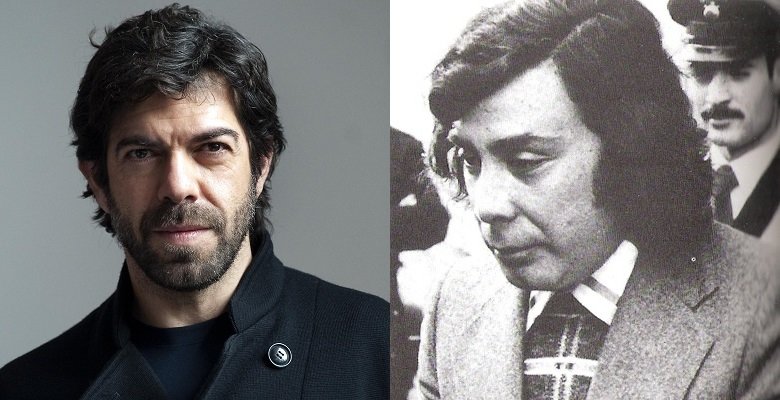
Pierfrancesco Favino The Traitor and Don Masino / Photo: Corriere.it
Click HERE to not miss any of the updates DGT.
Visit site for more useful and informative articles!


